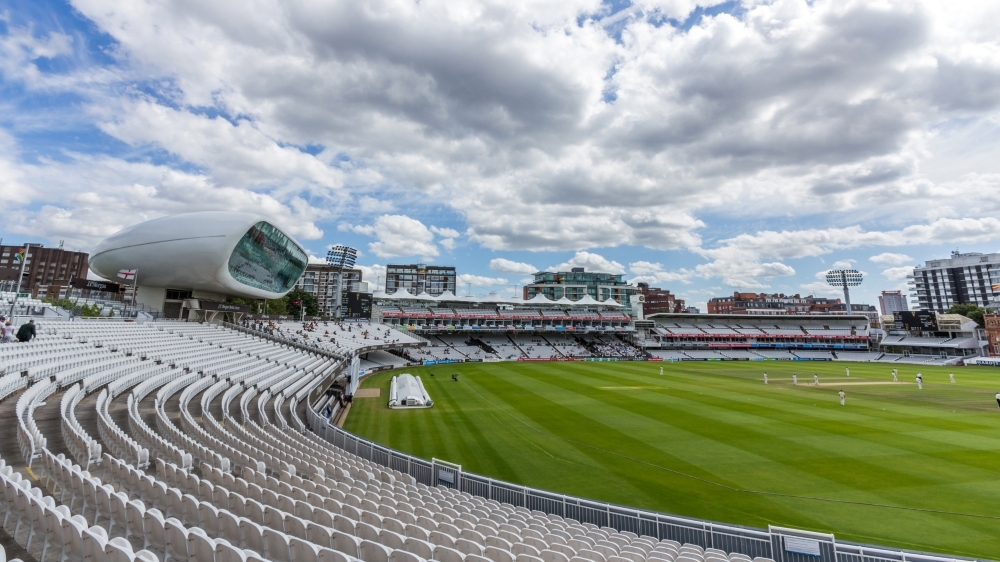What Does Buy-to-Let Mean?
The buy-to-let (BTL) mortgage has been incredibly popular among property buyers looking to generate income by renting out properties for more than three decades. However, the market for buy-to-let mortgages has decreased somewhat in the last few years, with the demand for traditional home ownership increasing, rising interest rates and increased regulation making it less attractive than it once was.
Securing a BTL property investment is different from buying a traditional, residential property, both with and without a mortgage. There are other considerations a buyer needs to be aware of, such as tax and legal responsibilities, as they will now become a landlord through their ownership of a BTL residence. These considerations separate BTL investments from traditional property acquisitions. So, with all this in mind, let’s break it down: what is buy-to-let property?

Understanding Buy-to-Let Investments
With a BTL investment, an individual purchases property specifically to rent the property out. Unlike purchasing a home for personal use, a BTL is primarily a financial endeavour meant to generate rental income and increase in value over time. The key to a successful BTL venture is understanding the market, property demand, rental income potential, and the responsibilities of being a landlord.
BTL mortgages generally require larger deposits, often around 25% of the property’s value, and typically have higher interest rates than standard residential mortgages. The reasoning behind this is that lenders view buy-to-let as a higher-risk investment, given that rental income can fluctuate and the property may go through either persistent or lengthy periods without occupants, resulting in no rental income.
Lenders typically assess the expected rental income to ensure it will cover mortgage repayments. A common requirement is that rental income should be at least 125-145% of the mortgage repayments. This “stress testing” ensures that even if rental rates fluctuate, there’s a financial buffer for the investor to continue making the monthly payments. If the buyer's circumstances changed and they could no longer afford the payments, they would have to inform the lender; or, they could risk losing the mortgage and potentially the property.
Most UK BTL mortgages are interest-only, where investors pay just the interest on the mortgage each month and the loan is only settled if the investor decides to sell the property to pay it back. A BTL mortgage can, however, include repayments if the lender permits it after the end of the fixed term or, after renegotiating. This approach can improve cash flow, allowing investors to manage rental income better. Repayment mortgages are less common now for BTL properties, and the terms available before having to renew are noticeably shorter. Although interest-only BTL mortgages can seem counterintuitive at first, the buyer does own the property outright, so it is possible to sell during a period of capital appreciation and benefit from increased property prices. Of course, the bank must be paid back in full first.
Financial Considerations For Buy To Let Properties
When entering the BTL market, it’s essential to have a clear understanding of potential expenses and returns from the property. Rental income can vary based on factors like tenant demand, property condition, and location. Compared to traditional acquisitions, which rely on future property value increases, successful investors in the BTL market must prioritise immediate rental income potential to ensure financial sustainability.
The rental yield, which represents the annual rental income as a percentage of the property’s purchase price, is essential to any successful BTL property. This is calculated by dividing the annual rental income by the purchase price and then multiplying it by 100. For example, a property that costs £200,000 and generates £12,000 in rental income has a rental yield of 6%, which is a good rate for most properties.
Considering area demographics and how rents rise, it is a smart move for investors to work out their potential future yields, but it is wise not to expect the value of rent to rise too much, as it very much depends on the individual appeal of a property (and area) to renters. Properties with lower yield rates are less likely to be approved for BTL mortgages, and in general, represent a less worthy financial investment due to the length of time it will take for the investor to see a profit.
BTL investors in the UK should be aware of additional tax obligations for managing finances effectively, and avoiding unexpected costs. Compared to traditional property ownership, BTL properties are subject to income tax on any rental income, as well as capital gains tax on property sales, and stamp duty at the time of purchase. Landlords can deduct certain allowable expenses, such as mortgage interest (subject to restrictions), property repairs, and management fees, to reduce taxable income.
When selling a BTL property, capital gains tax may be owed on the profit if the value of the property has increased, as well as the rental income. The rate varies depending on the owner’s total income and the profit amount, with allowances and exemptions available for certain costs incurred while owning the property. BTL purchases also incur additional stamp duty charges compared to residential purchases, which increase with the property’s value.
Acting As A Buy-To-Let Landlord
A buyer must be aware that becoming a landlord involves considerable legal and practical responsibilities. From handling tenant issues to maintaining the property, landlords are expected to provide a safe and habitable environment for tenants, which can be stressful to manage as it requires constant financial investment into the upkeep of the property.
Landlords must ensure the property meets health and safety requirements, including regular gas and electrical safety checks, installing smoke and carbon monoxide alarms, and keeping the property in a good state of repair so that it conforms to the Fit For Human Habitation Act. Tenants have considerable rights that landlords have to be aware of before they begin letting out the property, as violating any of these can be incredibly costly and restrict landlords in letting out their property.
Tenancy agreements protect both landlords and tenants. Agreements should outline the terms of tenancy, rent, maintenance responsibilities, and notice periods for both parties. In the UK, landlords are required to place tenant deposits in a government-approved deposit protection scheme, safeguarding the tenant’s deposit and helping to resolve disputes fairly if there are issues with the state of the property when the tenant moves out.
Landlords should take out landlord insurance, covering risks associated with renting out the property, such as loss of rental income, property damage, and liability claims. Regular maintenance is essential to keep the property in rentable condition and attract tenants who are happy to settle at the property for longer. This should reduce the time the property spends unoccupied, as well as the number of tenants who come and go, also known as “voids”, which can cost the landlord significantly.
Choosing the Right Property
The most popular choices for BTL investors are properties in areas with high employment levels. Key considerations when selecting a property include location, preferred tenant, and the property’s condition at purchase, to ensure that it is as attractive as possible to would-be renters.
Properties in areas with good transport links, schools, and amenities attract more tenants and have higher rental yields, which are also more likely to rise as long as the area remains competitive to live in. Any property may qualify as a BTL, from studios and one-bedroom flats that appeal to young professionals, to larger homes with multiple bedrooms that suit larger families.
BTL investments require both financial resources and commitment. While they can generate significant returns, success depends on property selection, understanding the rental market, and sound financial planning. New investors should consider getting advice from property experts, mortgage experts, and accountants to manage the process of buying property to let effectively.



